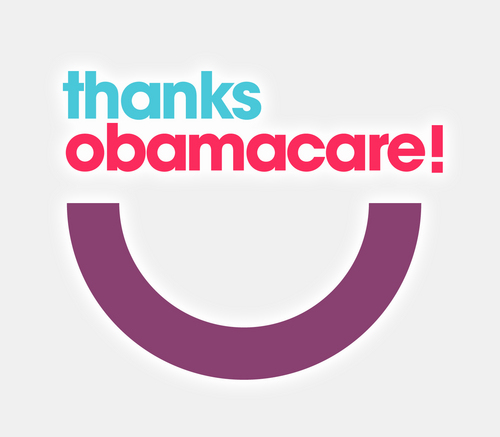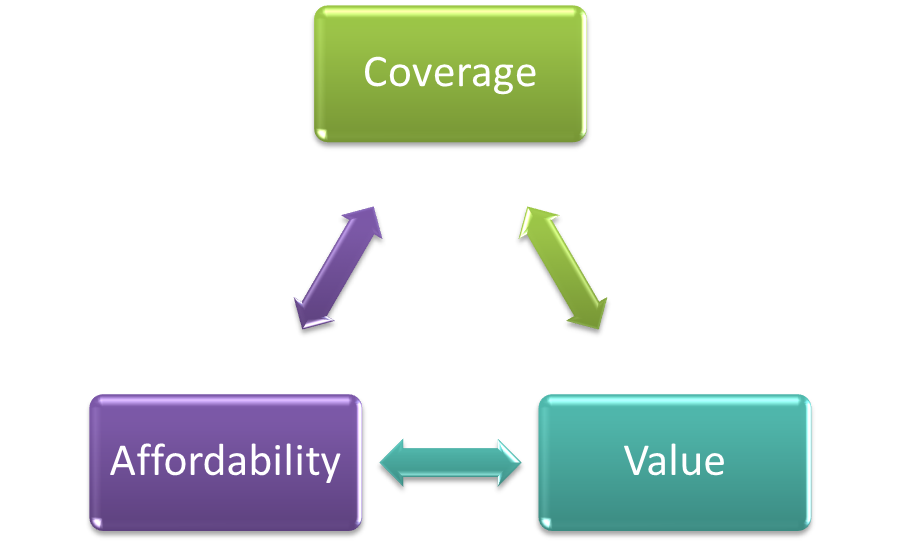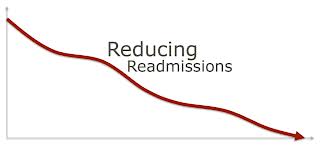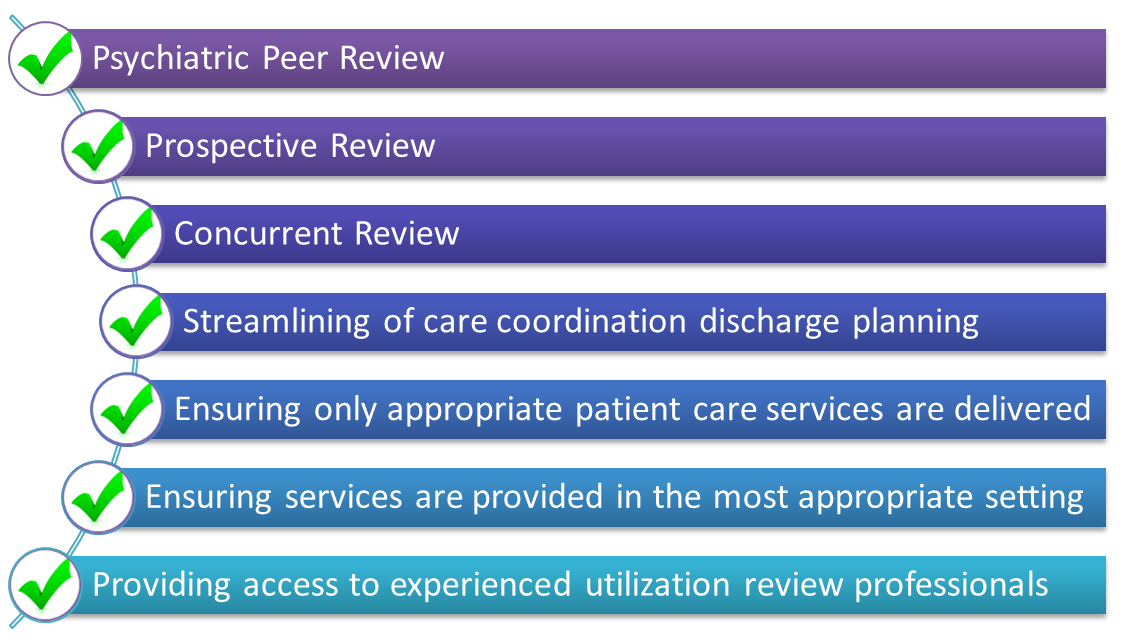Top 8 ACA Delays |Blatantly Illegal or Temporary Courses of Action?
With so many ACA delays thus far, is the ACA really what we bargained for? Should the President have the authority to delay ACA provisions at his discretion or is it his duty to uphold the law as written? The Affordable Care Act was enacted in 2010 with provisions becoming effective over several years, many of which have been delayed. Why the ACA delays? •Limited resources for implementing the law •The need to prioritize limited resources •Technological limitations, such as the “glitches” in the computer systems as they related to the healthcare exchanges •Complaints from various quite vocal groups, both political and non •Undue hardships placed on employers and / or employees •Additional time and / or funding required to comply •Tax and reporting requirements •Political reasons











